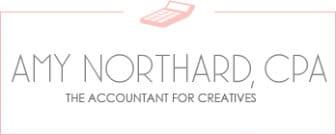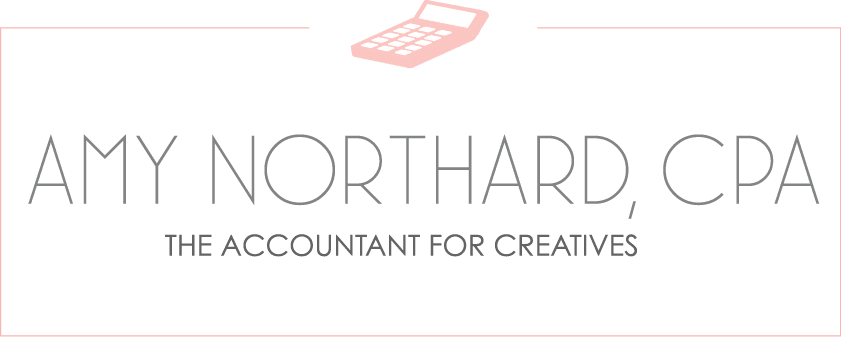There are so many ways to price photography, which is why you’ve probably stumbled across several different guides on pricing for photographers. No matter what method you choose, your pricing should be created to support your business and for your market. Pricing can be tricky because there’s no one-size-fits-all solution.
Don’t be afraid to tweak your pricing over time as your photography evolves, your client experience gets better and your business model changes. Just like your shooting style, your business pricing will evolve and improve over the years. You have to find your sweet spot.
It doesn’t matter if you’re a high-end product based studio or have a simple experience and only offer digital options. There’s no one right way as long as you’re planning to be profitable. If you’re profitable, you get to stay in business doing what you love growing your business and supporting yourself.
But where, oh where do you even get started? The worksheet and guide below will provide you with the information needed to properly price your photography packages.
How much does your product cost you?
When you chose your ideal product line, you also researched the cost of those products. Make sure you include all the costs to get that product to your client.
Example – Print with linen texture (it’s extra), shipping and packaging.
How much time does it take to create your product?
The amount of time it takes you to create each product is a big determining factor in price. A print takes no time to size up and order but an album might take you an hour or 2 to create, proof, make changes, finalize and send to print. It’s much more labor-intensive and should be priced much higher.
If you are not tracking your time on client projects, you need to start today. It’s amazing how much time in a day slips away with client calls, following up on a project, or just perfecting one last detail. You might be amazed to find out how much time you’re actually spending on a project versus how much you estimate you spend on a project.
There are many tools to help you track your time accurately, however, I recommend Hubstaff – they offer a robust time tracking service along with a host of other tools (timesheets, invoicing, budgeting, scheduling, monitoring, etc.).
How many images are included in that product?
While a mini album may have 10 images, a regular album might have 50. Products that have more images in them should be priced much higher than a product with only a few images. The perceived value to your client is so much higher because they are getting more amazing images from their session or wedding.
What about packages?
Packages are a great way to meet your minimum sales profit goal per client. The key is to put together popular products that your clients really want then discount your package to make it even more desirable for your client to purchase that over the individual products.
For example – Your target package includes:
- (10) 8×10 prints
- 3 mini albums
- 1 story board
- (1) 10×10 album
- Full digital collection
If a client were to purchase these items separately, the total cost would be $2300. Because a client chooses to package the items together, they are receiving a discounted price of $1500. That’s a total savings of $800 for the client. What an amazing deal! You are making the minimum profit per client to meet your sales goals!
If you have multiple packages, don’t recreate a completely new package as they go up in value. Start with a smaller base package then add a new product or bigger version of the product as you create your more premium packages. To map out your pricing and package, download your workbook below.
Track and Tweak Your Pricing
As you make sales, keep track of the number of each kind of product and package you sell. At the end of the year, look to see what are your most popular products and what are your least popular products. If you have products that are selling really well, that means demand is high and you can probably increase your prices. If you have some that aren’t selling that well, you can either cut them from your product line to simplify even more or you can increase your marketing efforts for those products if you have proof that increases your client’s experience.

